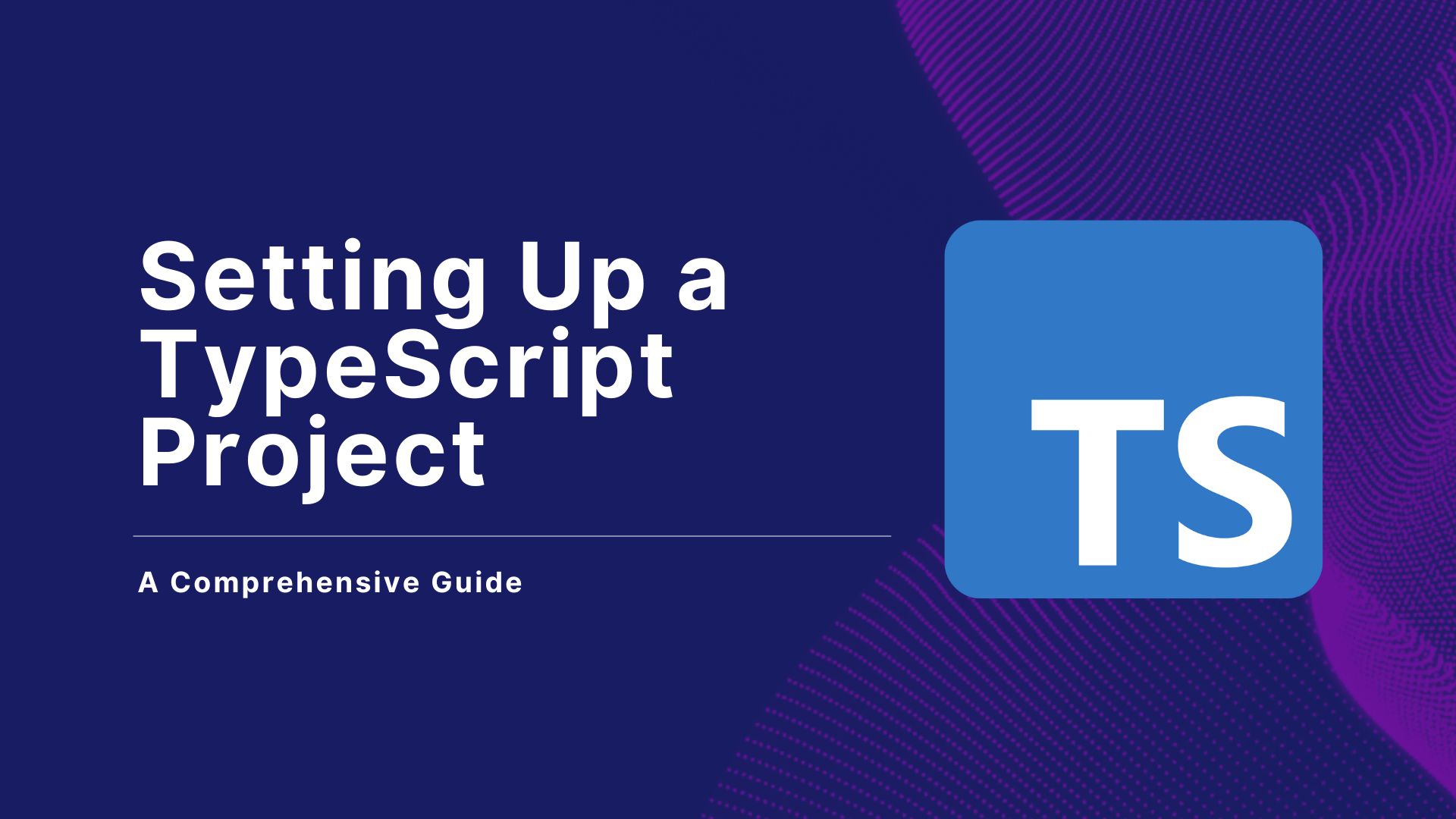
TypeScript has become an essential tool for many JavaScript developers, offering static typing and other features that enhance code quality and developer productivity. In this tutorial, we’ll walk through the process of setting up a TypeScript project from scratch. We’ll cover everything from initializing your project to configuring TypeScript and setting up a development environment.
1. Project initialization
Let’s start by creating a new directory for our project and initializing it with npm:
mkdir project
cd project
npm init
Follow the prompts to set up your package.json file. You can press Enter to accept the defaults for most options if you’re unsure.
2. Installing TypeScript
Next, we’ll install TypeScript as a development dependency:
npm i typescript --save-dev
The --save-dev flag adds TypeScript to your devDependencies in package.json. This indicates that TypeScript is needed for development but not for running the production code.
3. Initializing TypeScript
With TypeScript installed, let’s initialize our TypeScript configuration:
npx tsc --init
This command creates a tsconfig.json file in your project root. This file is crucial as it defines how TypeScript and the TypeScript compiler (tsc) should interact with your project.
4. Configuring TypeScript
Now, let’s replace the default tsconfig.json with a more comprehensive configuration:
{
"compilerOptions": {
"allowJs": true,
"checkJs": false,
"resolveJsonModule": true,
"allowSyntheticDefaultImports": true,
"esModuleInterop": true,
"lib": ["es6", "es7", "dom", "esnext"],
"module": "commonjs",
"moduleResolution": "node",
"noEmit": false,
"noImplicitAny": false,
"outDir": "dist",
"removeComments": true,
"sourceMap": true,
"target": "es2017",
"rootDirs": ["src/", "config/"],
"typeRoots": ["./node_modules/@types", "./typings"]
},
"include": ["src/**/*", "./typings"],
"exclude": [
"node_modules",
"bin",
"**/__mocks__*",
"**/*.spec.**",
"test",
"assets"
]
}
Let’s break down some key options:
| Option | Purpose |
|---|---|
lib | Specifies which APIs TypeScript should assume exist in the target runtime environment. |
module | Defines the module system TypeScript should use to compile your code (commonJS, ES2015, etc.). |
outDir | Specifies an output folder for all emitted files. |
target | Sets the JavaScript language version for emitted JavaScript and includes compatible library declarations. |
include | Specifies which folders TypeScript should look in to find your TypeScript files. |
5. Installing global dependencies
To enhance our development experience, let’s install the TypeScript compiler and Nodemon globally:
npm i -g typescript
npm i -g nodemon
These tools will help us compile TypeScript and automatically restart our application when files change.
6. Setting up TypeScript watch mode
For a more streamlined TypeScript watch experience, we’ll use typescript-watch:
npm install --save-dev tsc-watch
7. Configuring NPM scripts
Finally, let’s add a script to our package.json file for easy project execution:
"scripts": {
"start": "tsc-watch --onSuccess 'nodemon dist/index.js'"
}
This script uses tsc-watch to compile our TypeScript files and then runs the compiled JavaScript with Nodemon, which will restart the application whenever changes are detected.
Conclusion
You now have a fully configured TypeScript project ready for development! To start your project, simply run:
npm start
This setup provides a solid foundation for building TypeScript applications, with automatic compilation and restarting for a smooth development experience. Happy coding!